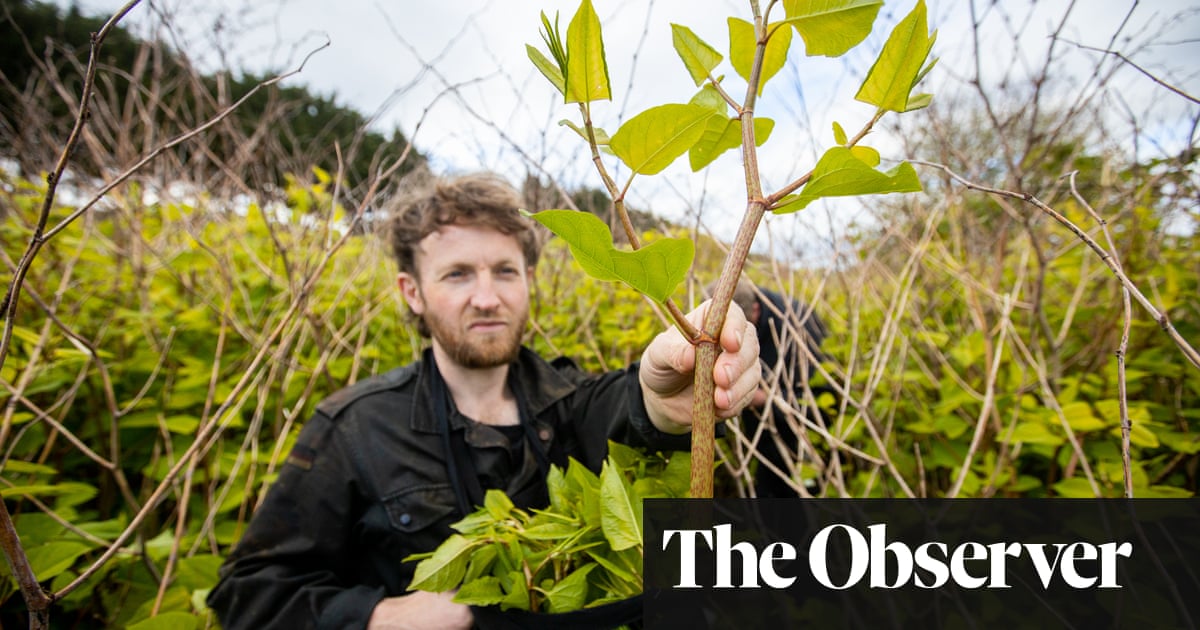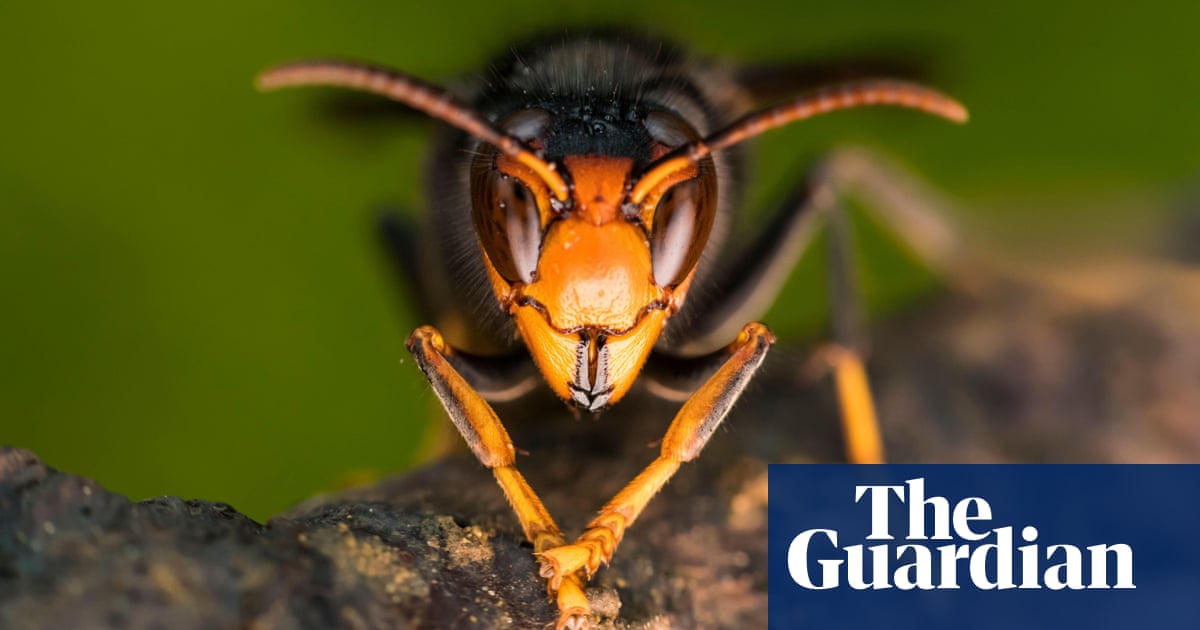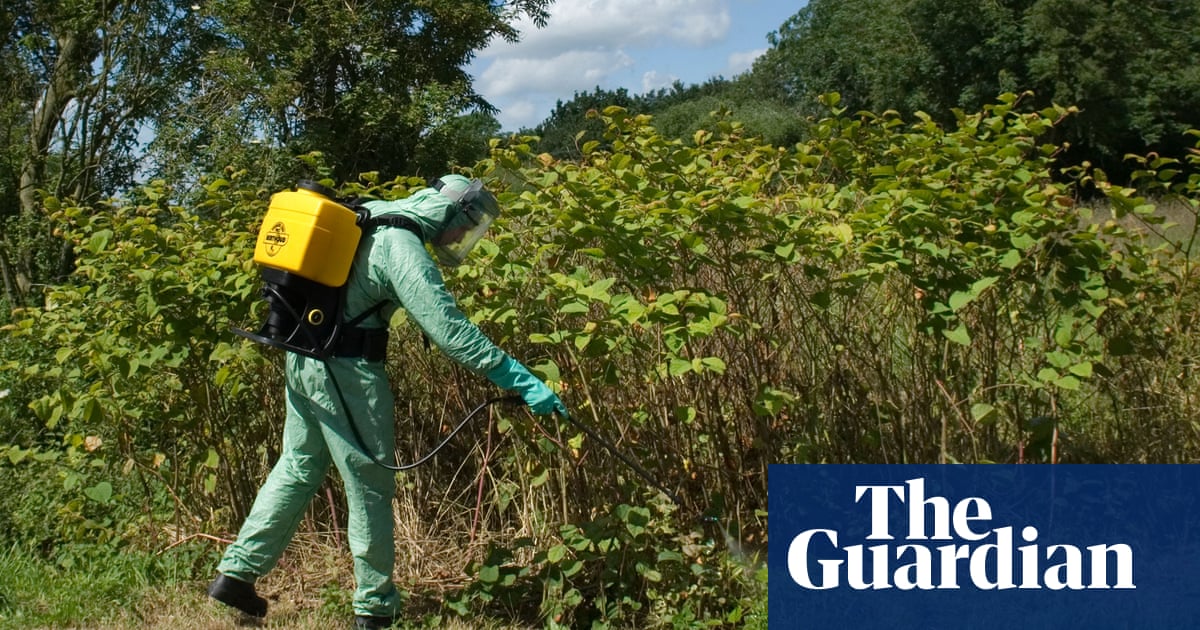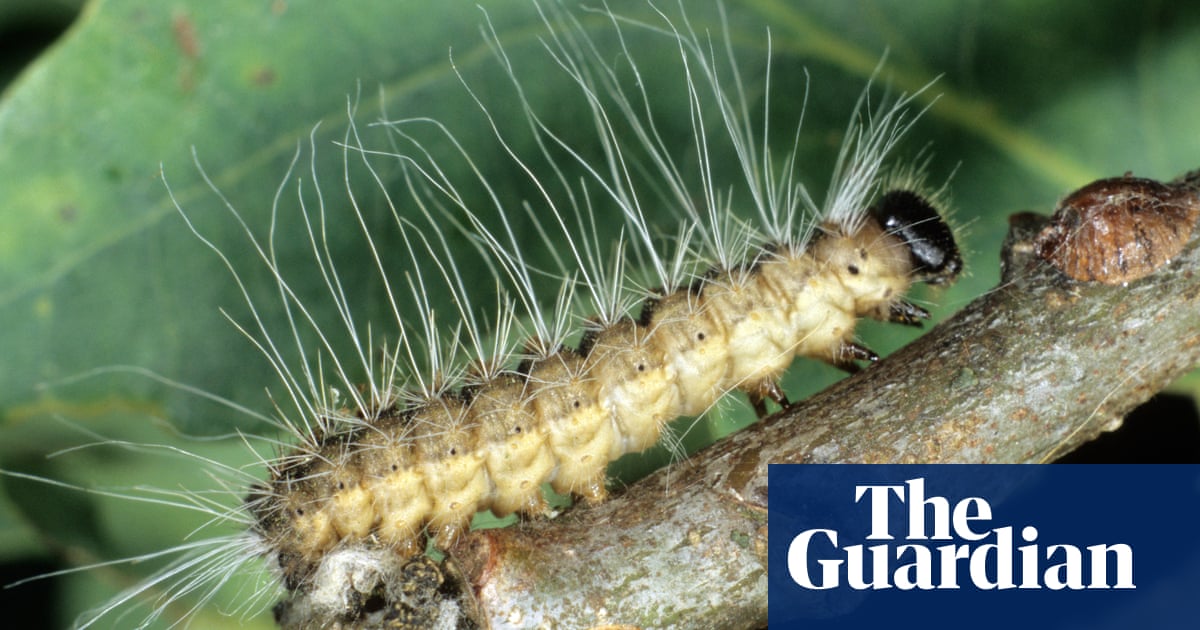
slug (Deroceras invadens) that has colonised at least 46 countries and damaged crops as far apart as New Zealand, the US and Argentina was first discovered in England in the 1930s. But the tramp slug, as it is often known, originated in southern Italy so has been reclassified from a native to an invasive species.
Not that there is any hope of getting rid of it. Distribution maps show that it is all over the Britain and Ireland, all continents apart from Antarctica, and has even reached remote islands, such as Tristan da Cunha. Described as a small, agile slug, it is brown or grey, about 3cm long, and is commonly found under plant pots. This is clearly one of the secrets of its success as it has been transported to nurseries around the world and then distributed into gardens in a new host country – perfect places to colonise.
The species is described as “fast and aggressive” by experts, and as a threat to native slug biodiversity, although it is unlikely the average gardener would worry about one type of slug wiping out another.
However, the tramp slug is a serious problem. It is active all year round, reaches sexual maturity in eight weeks and lays 30 eggs a week; so can rapidly reach large numbers.












